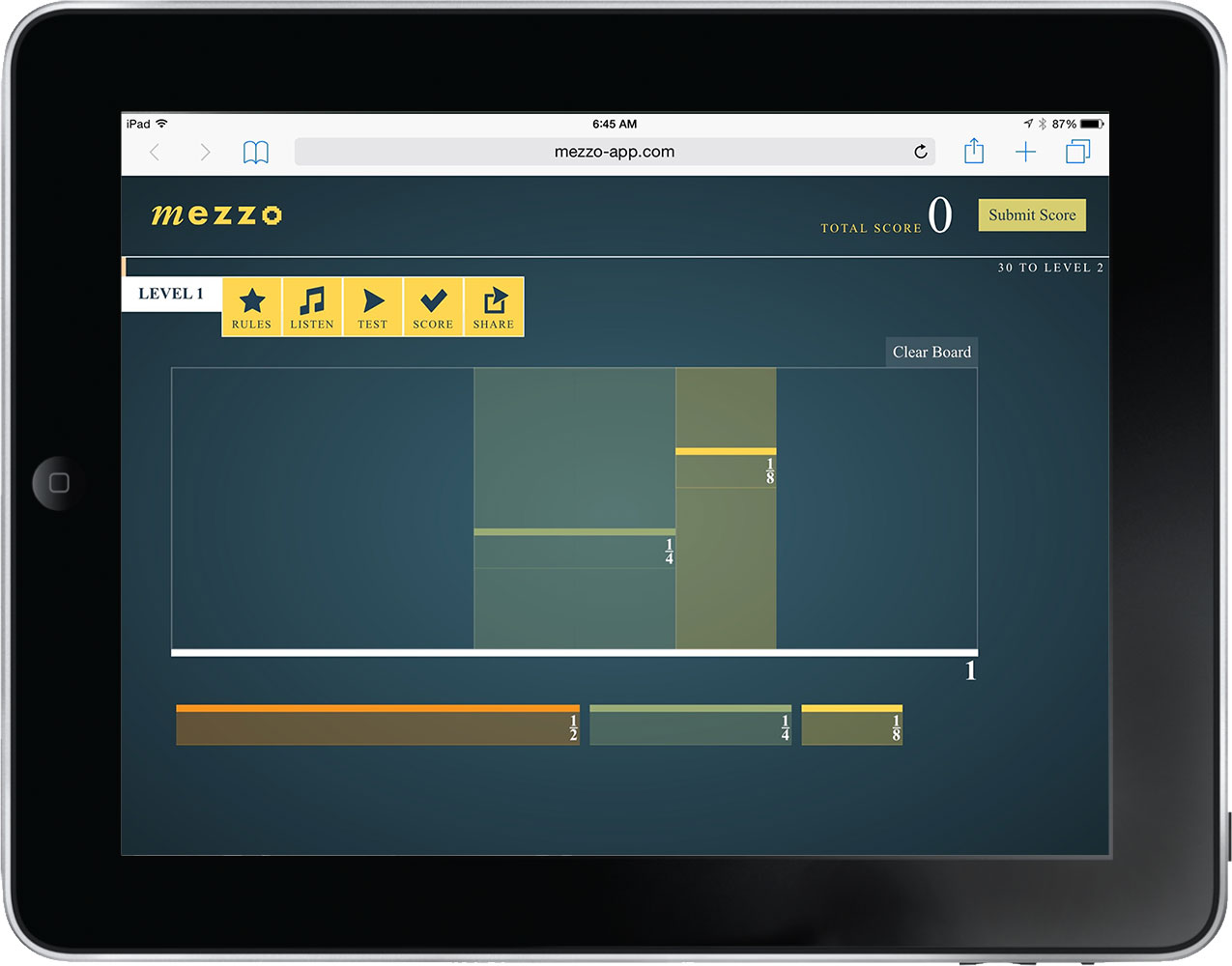Senior BFA thesis advisees
Six outstanding examples of BFA advisees
Guiding student UX/UI, motion, animation, game-play, research gathering, testing, and exhibition
For their BFA in visual communication design, each these student advisees took on a year long, self-driven project culminating in an exhibition of the work plus an installation to showcase it. The topics span education, community, and social issues. Each of the student were enrolled in one or more of the following classes: web design, motion design, interaction design and information design.
—S. Coughlin, COLLECT: web app documenting personal memories
Observing the degradation of her own mother's memory, S. Coughlin endeavors to create a very personal archive an individual’s life. COLLECT is designed to be a place of self reflection and evidenced personal growth rather than a widely shared collection of random photos and thoughts—though connecting to others through events is possible. For an individual suffering from Alzheimer or other memory loss condition, COLLECT can act as aid to trigger recollection. Coughlin researched memory, wrote, architected, wire-framed and designed the UI/UX. She sought out and collaborated with computer science and engineering student M. Rauh to build the prototype. The exhibition garnered compliments on the inclusion of type, graphics, motion, interactive and subtle awareness of the viewer. Samantha is the recipient of the Emile Jaques Silver Medal of Fine Arts.



—J. McLean, Mezzo: an educational manipulative using music to learn fractions
J. McLean conceived Mezzo as a possible educational module to address another discovery in the literature: without a proper grasp of fractions, all higher math levels become more difficult to learn. In the spirit of STEAM, the highly functioning prototype relates the concept of fractions to music and uses multiple modalities (sight, sound and touch) to embrace diverse learning styles. The prototype is complete with a possible curricular application in which the user takes on the roll of a middle school student to solve a math problem manipulating a graphic and musical interface. McLean received a CUSE creative research grant to assist with travel to New York to study agile design principles and practices directly. See prototype.
—E. Murphy, Locus: app and graphics program connecting local, small businesses
As a lifelong citizen of South Bend and frequenter of many downtown small businesses, entertainment venues, and organizations, E. Murphy endeavored to create a system to share the singularities of downtown with others in the community, visiting or relocating to the area. Targeting only unique, locally owed and operated business, Murphy discovered if customers had a connection with proprietors and staff, a richer experience would result. The Locus concept promotes local community, commerce and cooperation through a mobile app and environmental graphics to guide a user through the downtown space. Murphy was voted recipient of the 2013 Wrappe Award. See interactive demonstration.
—J. Slaven, The Wheat: a 3D animated short based on an 18th century fable
J. Slaven seeks to find a niche in the area of storytelling and visual spectacle through computer animation. His end result is an animated adaption of Hans Christian Andersen’s The Buckwheat (1839). The short story is a parable that cautions the reader to resist false pride. Slaven first adapted the story to a screenplay relocating the setting in time and space to modern day Kansas. Buckwheat became wheat, flowers became sunflowers and the willow reprises its role as narrator (played by D. Doordan). Slaven wrote, directed, and produced a compelling visual adaptation of an obscure Andersen tale (no such effort is known to exist). Slaven is the recipient of a CUSE creative research grant to assist with project materials, specifically texts on animation and high-end visualization software and awarded the Emile Jaques Silver Medal of Fine Arts.




—A. Young, The Purrrfect Match: an animated, interactive e-book
A parody of the pursuit of the fairy tale notion of the perfect match. Young researched, wrote, illustrated and animated an interactive story for the mobile platform. The tongue-in-cheek story chronicles the life of Marie who makes thirteen attempts at the ideal relationship and adds a cat to her collection with every failed attempt in search of happily ever after.
—A. Carter, Stray: anti-bullying children’s Xbox game
Coordinating with a team of two engineers (one from Duke University) and a music composition major, Carter researched and built a game narrative, characters, environments, and engaging spatial and logical challenges for 7–11 year old children. As a means to curb bullying, the game encouraged players to empathize with the protagonist, a sheep named Tony, as he endeavored to regain his flock through cooperation. Carter’s team exhibited several playable levels at the Snite Museum working on the Xbox platform. See case study.